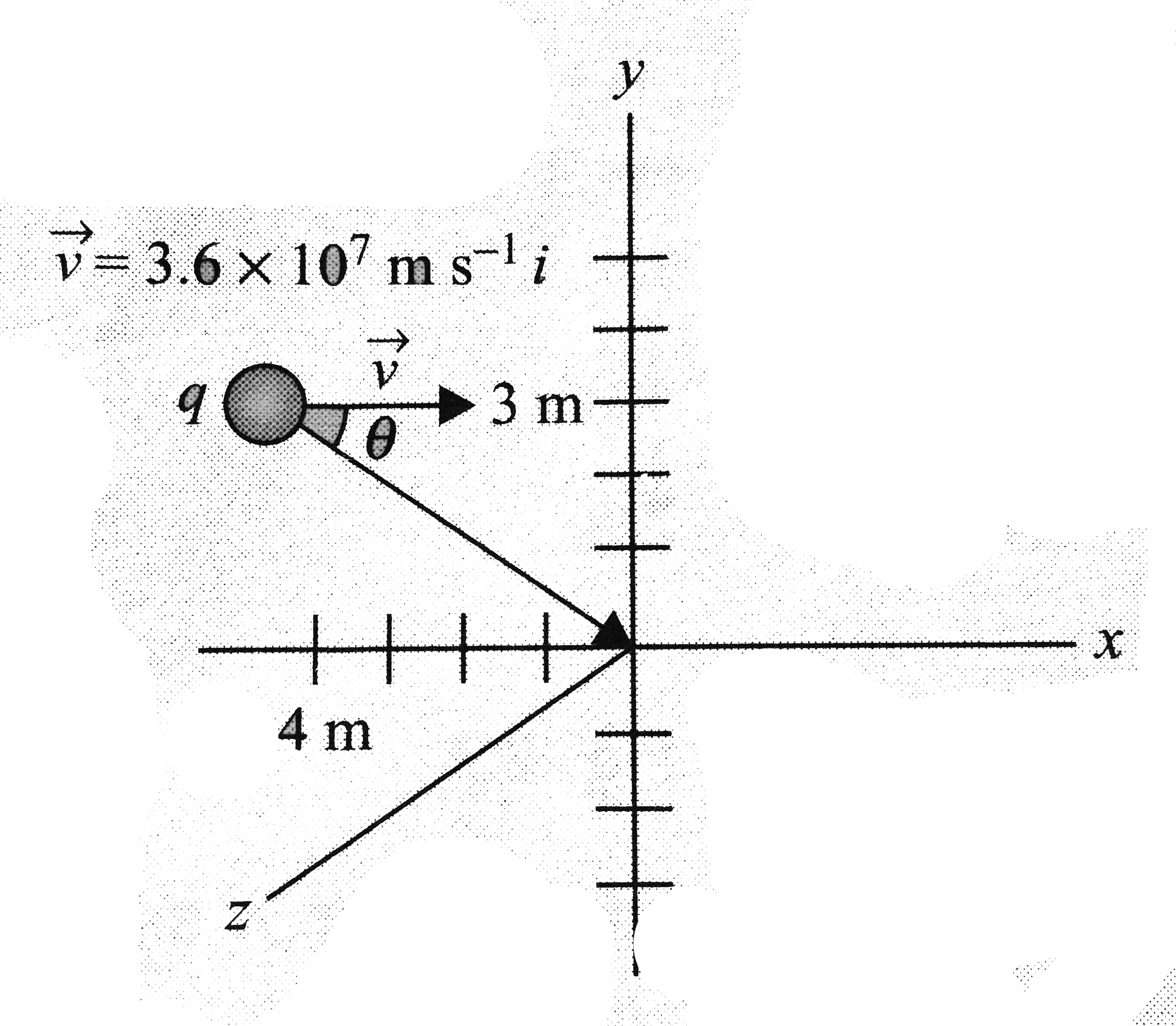If then (i) (ii) (iii) (iv)
The correct Answer is:C
To solve the problem, we need to analyze the given sets A and B and determine their intersection and union.
Step 1: Define the sets A and B
- Set A is defined as:
A={(x,y):y=1x,x≠0,x∈R}
This means A contains all pairs (x, y) where y is the reciprocal of x, and x can take any real number except zero.
- Set B is defined as:
B={(x,y):y=−x,x∈R}
This means B contains all pairs (x, y) where y is the negative of x.
Step 2: Find the intersection of sets A and B
To find A∩B, we need to see if there are any common elements between the two sets.
1. For a point (x,y) to be in both A and B, it must satisfy both conditions:
- From A: y=1x
- From B: y=−x
2. Set these two equations equal to each other:
1x=−x
3. Multiply both sides by x (keeping in mind x≠0):
1=−x2
This implies:
x2=−1
Since there are no real solutions to this equation, it indicates that there are no common elements between sets A and B.
Thus, we conclude:
A∩B=∅(denoted as ϕ)
Step 3: Find the union of sets A and B
Next, we find A∪B:
- The union of two sets includes all elements that are in either set A or set B. Since there are no common elements, the union will simply be the combination of both sets.
Thus:
A∪B=A (since there are no elements in B that are also in A)
Conclusion
Based on the analysis:
- A∩B=ϕ (option iii is correct)
- A∪B=A (option iv is also correct)
Final Answer
The correct options are:
- (iii) A∩B=ϕ
- (iv) A∪B=A
- Set A is defined as:
A={(x,y):y=1x,x≠0,x∈R}
This means A contains all pairs (x, y) where y is the reciprocal of x, and x can take any real number except zero.
B={(x,y):y=−x,x∈R}
This means B contains all pairs (x, y) where y is the negative of x.
To find A∩B, we need to see if there are any common elements between the two sets.
- From A: y=1x
- From B: y=−x
1x=−x
1=−x2
This implies:
x2=−1
Since there are no real solutions to this equation, it indicates that there are no common elements between sets A and B.
A∩B=∅(denoted as ϕ)
Next, we find A∪B:
- The union of two sets includes all elements that are in either set A or set B. Since there are no common elements, the union will simply be the combination of both sets.
A∪B=A (since there are no elements in B that are also in A)
Based on the analysis:
- A∩B=ϕ (option iii is correct)
- A∪B=A (option iv is also correct)
The correct options are:
- (iii) A∩B=ϕ
- (iv) A∪B=A
Topper's Solved these Questions
- SETSBOOK - ICSECHAPTER - SETSEXERCISE - EXERCISE 1 (a)
57 Videos
- SETSBOOK - ICSECHAPTER - SETSEXERCISE - EXERCISE 1 (b)
28 Videos
- SETSBOOK - ICSECHAPTER - SETSEXERCISE - CHAPTER TEST
46 Videos
- SEQUENCES AND SERIESBOOK - ICSECHAPTER - SEQUENCES AND SERIESEXERCISE - MULTIPLE CHOICE QUESTIONS
34 Videos
- STATISTICSBOOK - ICSECHAPTER - STATISTICSEXERCISE - CHAPTER TEST
4 Videos
Similar Questions
If A={(x, y):y=1x, 0≠x∈R}and B={(x,y):y=−x, x∈R} , then write A∩B.
View SolutionifA={(x,y):x2+y2=4,x,y∈R}and
B={(x,y):Y=|x|,x,y∈R} then
View SolutionIf A={(x, y):y=ex, x∈R}and B={(x,y):y=e−x, x∈R} , then write A∩B.
View SolutionIf set A and B are defined as
A={(x,y)∣y=1x,0≠x∈R},B={(x,y)∣y=−x,x∈R,}. Then (a) A ∩ B = A (b)A ∩ B = B (c)A ∩ B = ϕ (d)A ∪ B = A
View SolutionifA={(x,y):y=4x,x≠0}and
B={(x,y):x2+y2=8,x,y∈R},then
View SolutionifA={(x,y):x2+y2=4,x,y∈R}and
B={(x,y):x2+y2=9,x,y∈R},then
View SolutionIf set A and B are defined as
A={(x,y)∣y=1x,0≠x∈R},B={(x,y)∣y=−x,x∈R,}. Then
View SolutionIf A={(x,y}: y=3x,y∈R} and B={{x,y}:y=x,x,y∈R} then which of the following is true?
View SolutionIf the sets A and B are defined are defined as A={(x,y):y=ex,x∈R},B={(x,y):y=x,x∈R}then
View SolutionA point chanrge of magnitude q=4.5nC is moving with speed v=3.6×107ms−1 parallel to the x-axis along the line y=3m. Find the magnetic field at the origin produced by this charge when the charge is at the point x=−4m, y=3m, as shown in Fig.

View Solution
